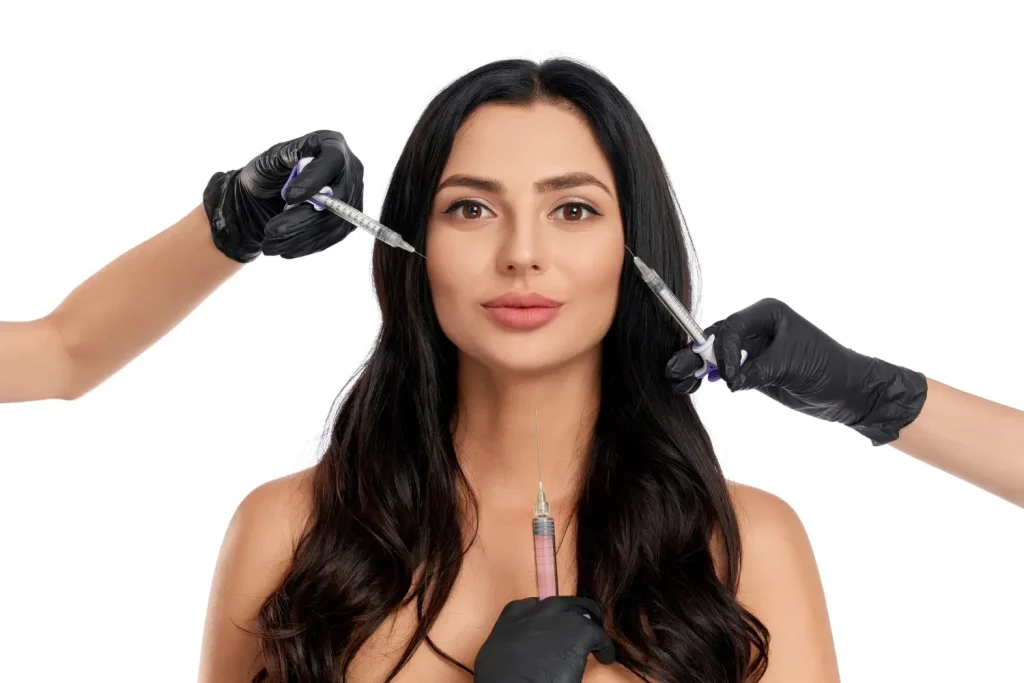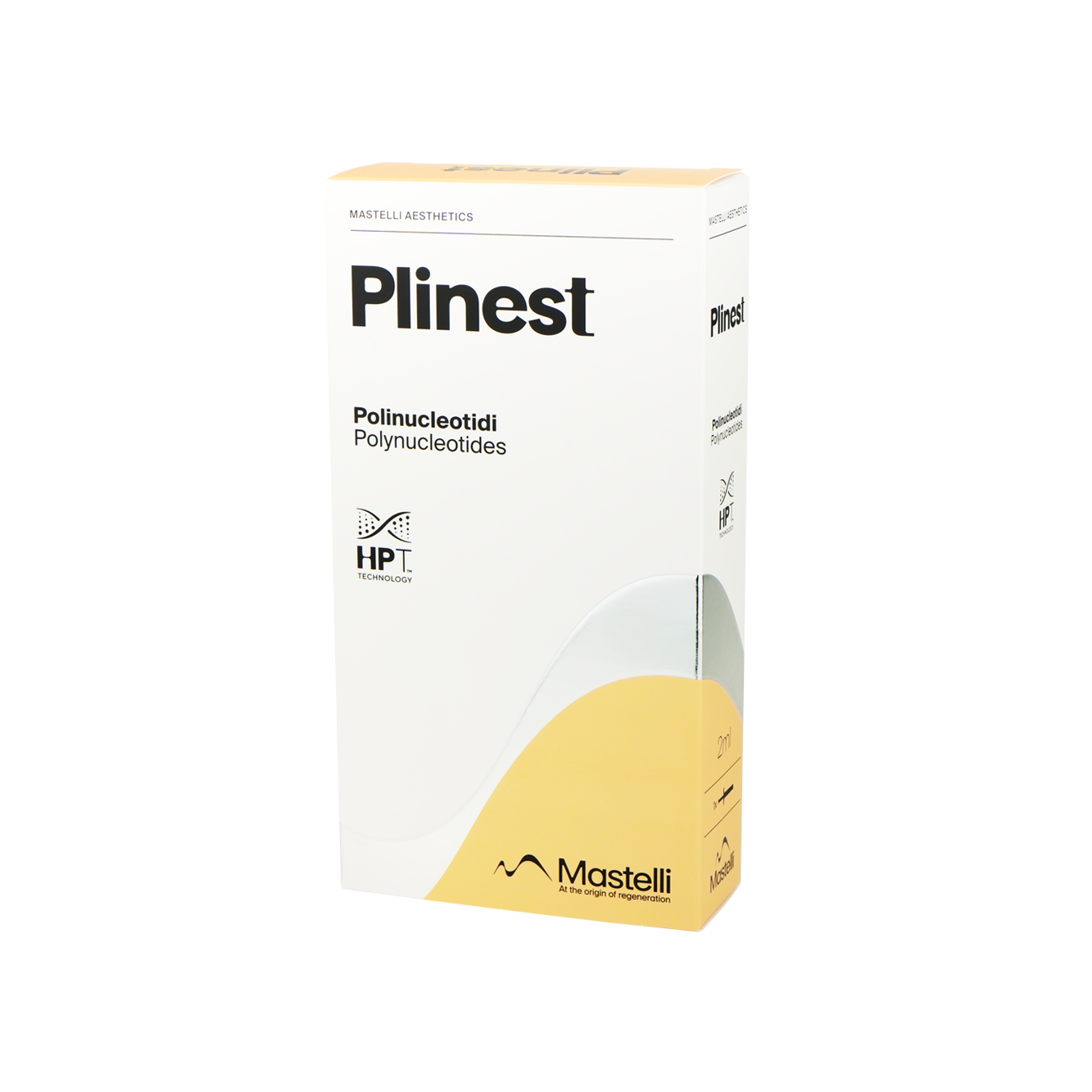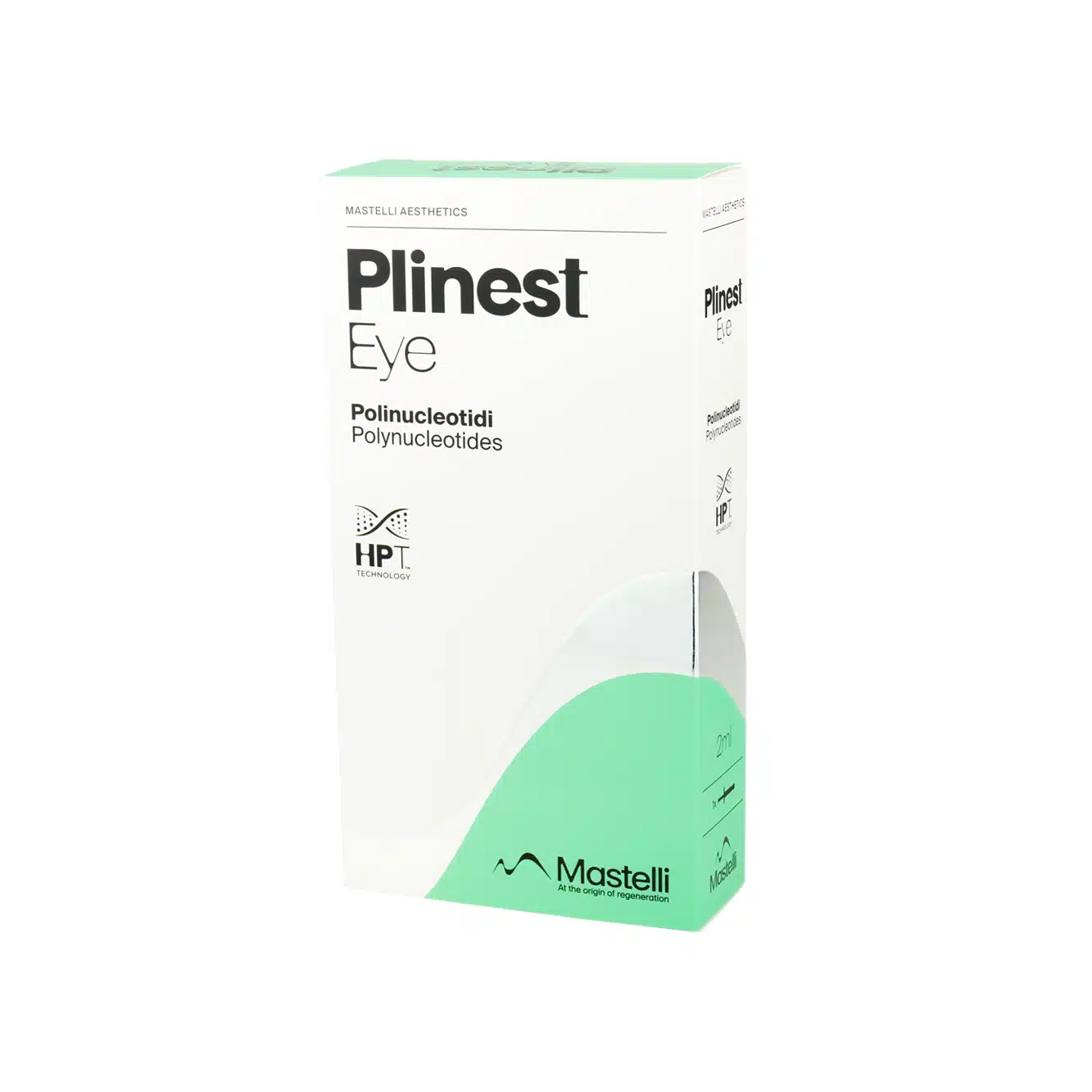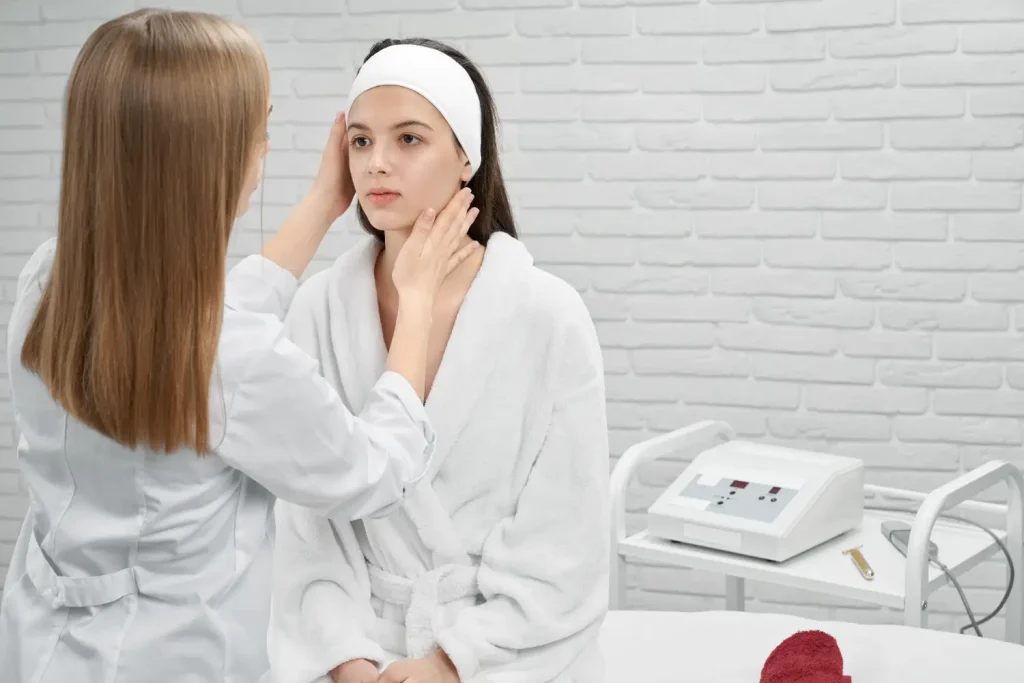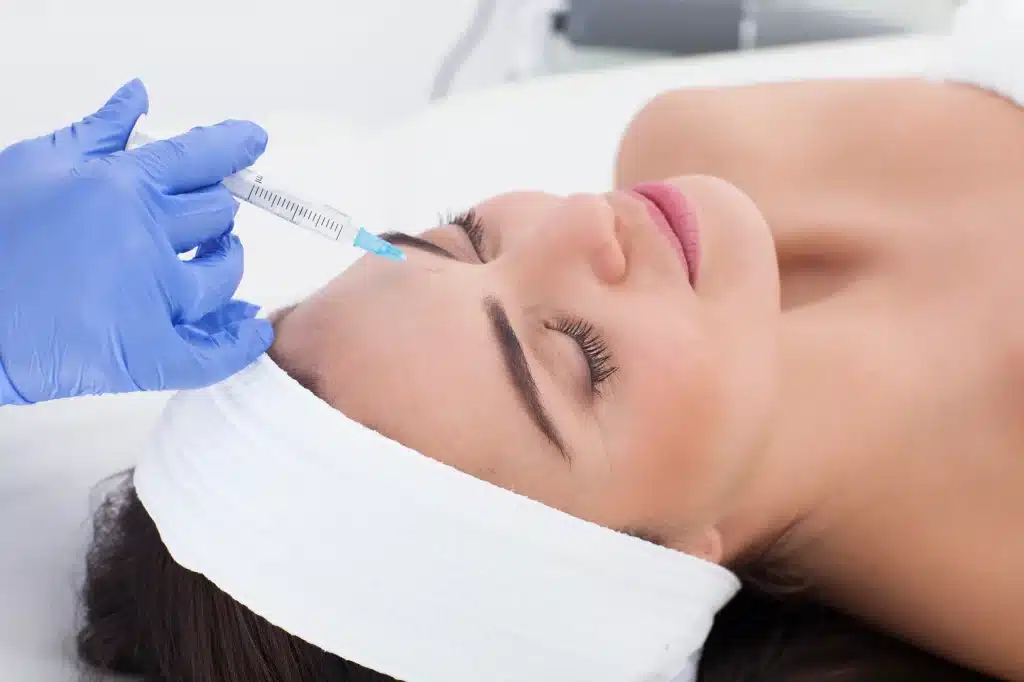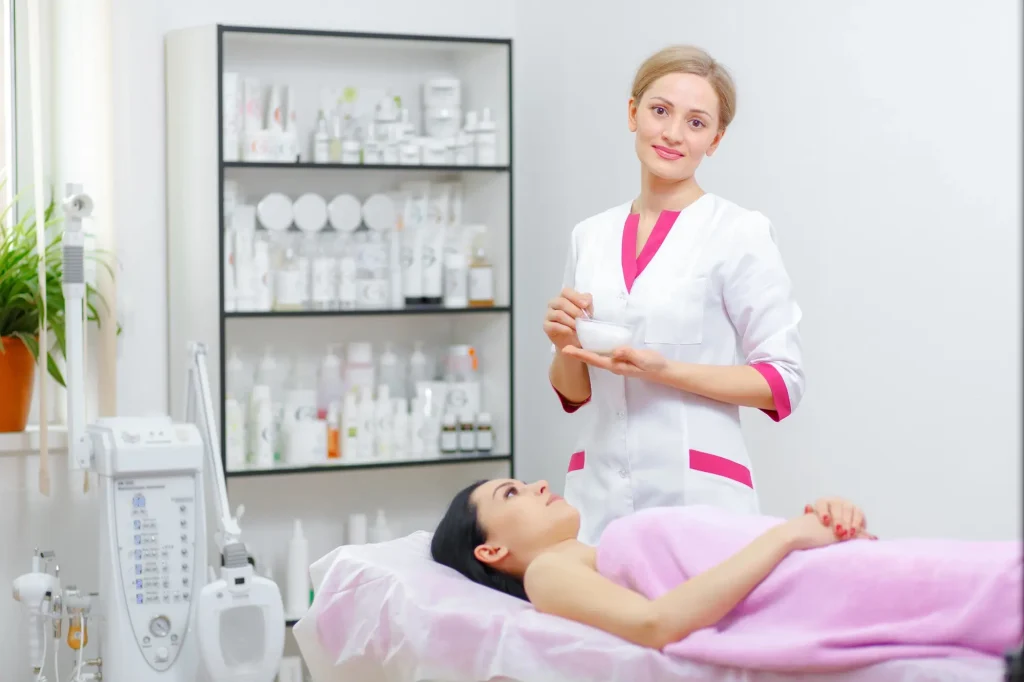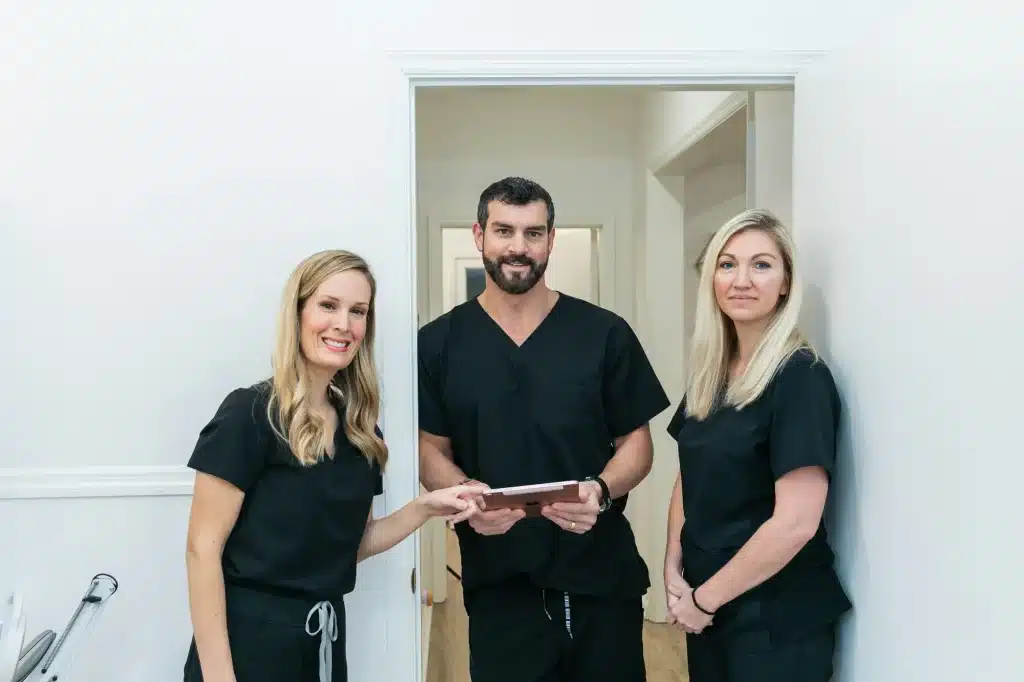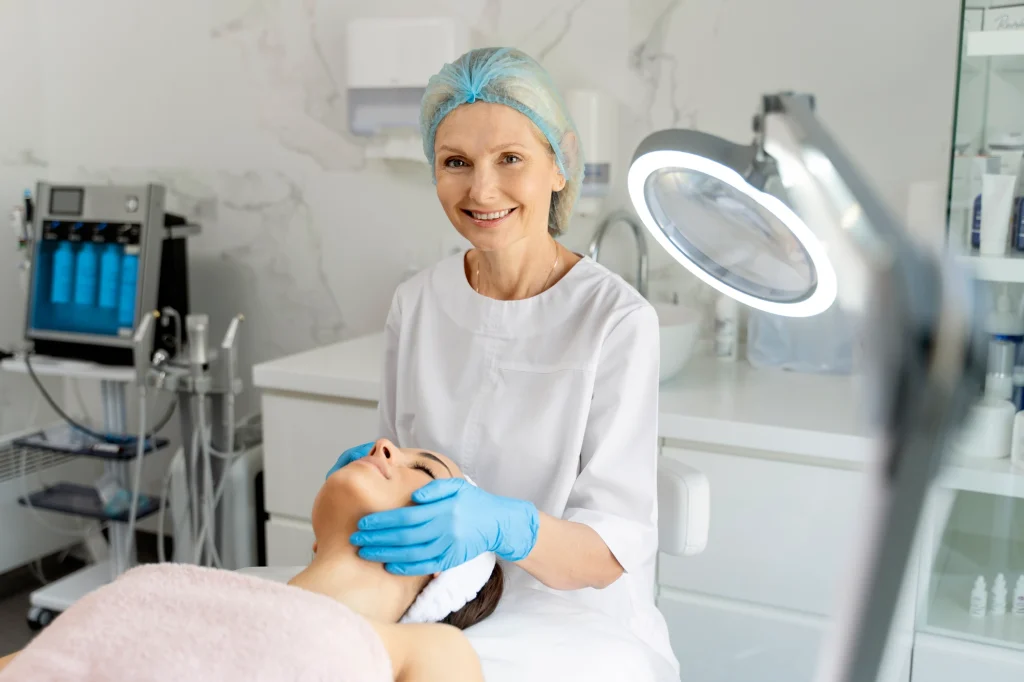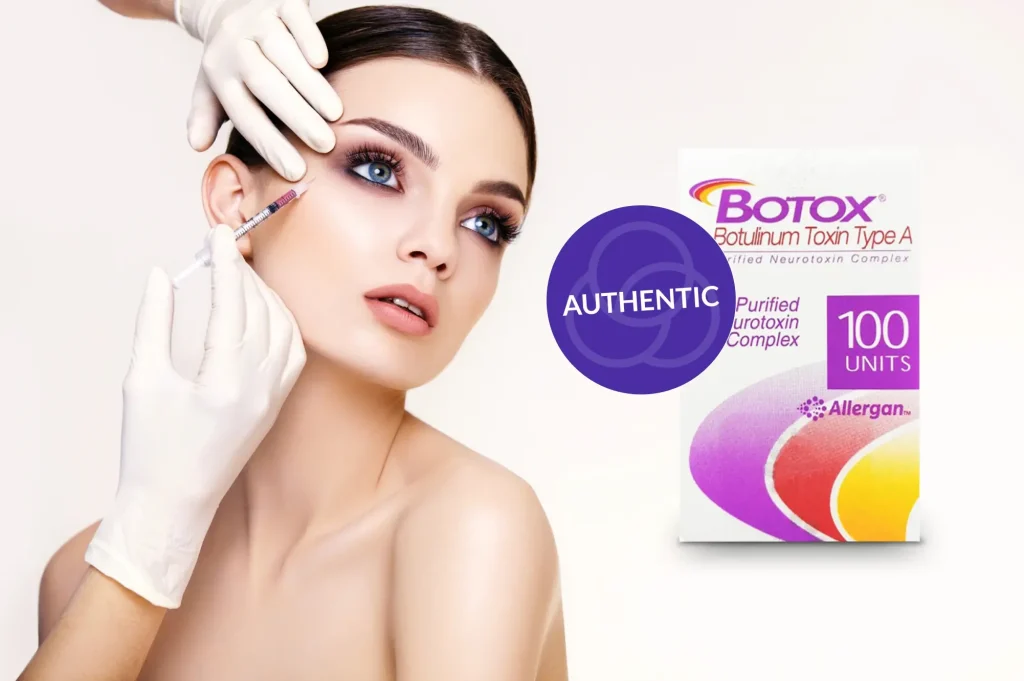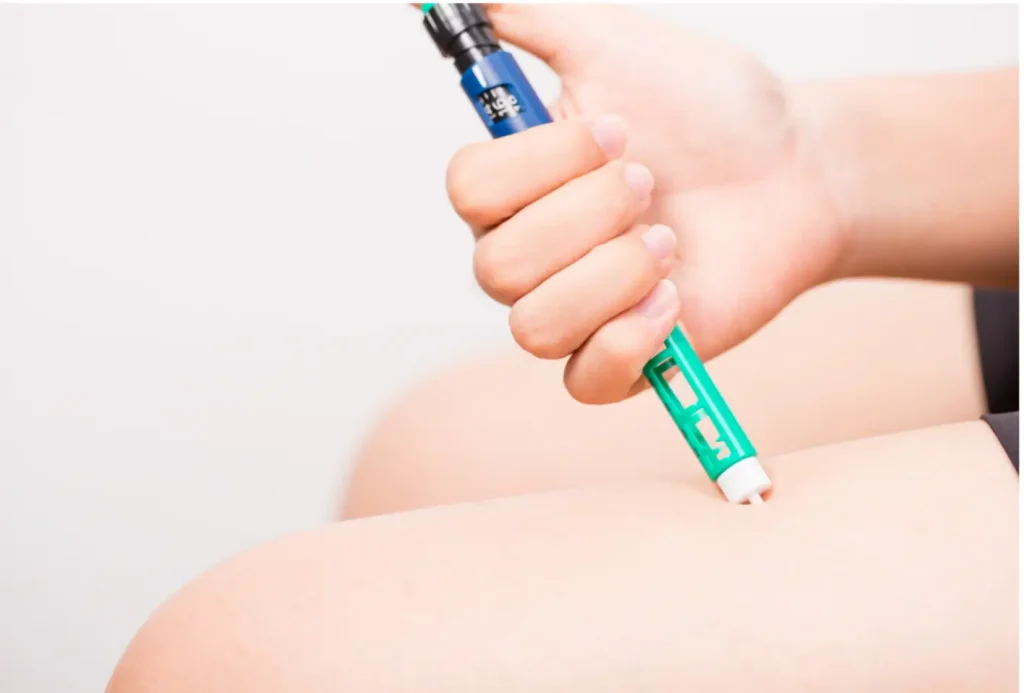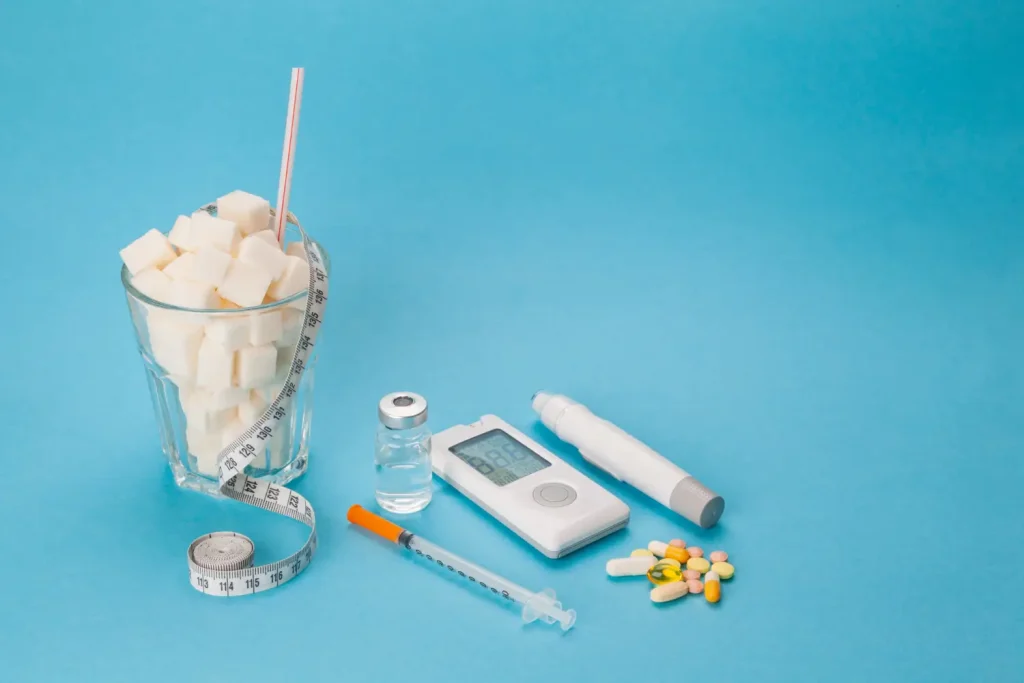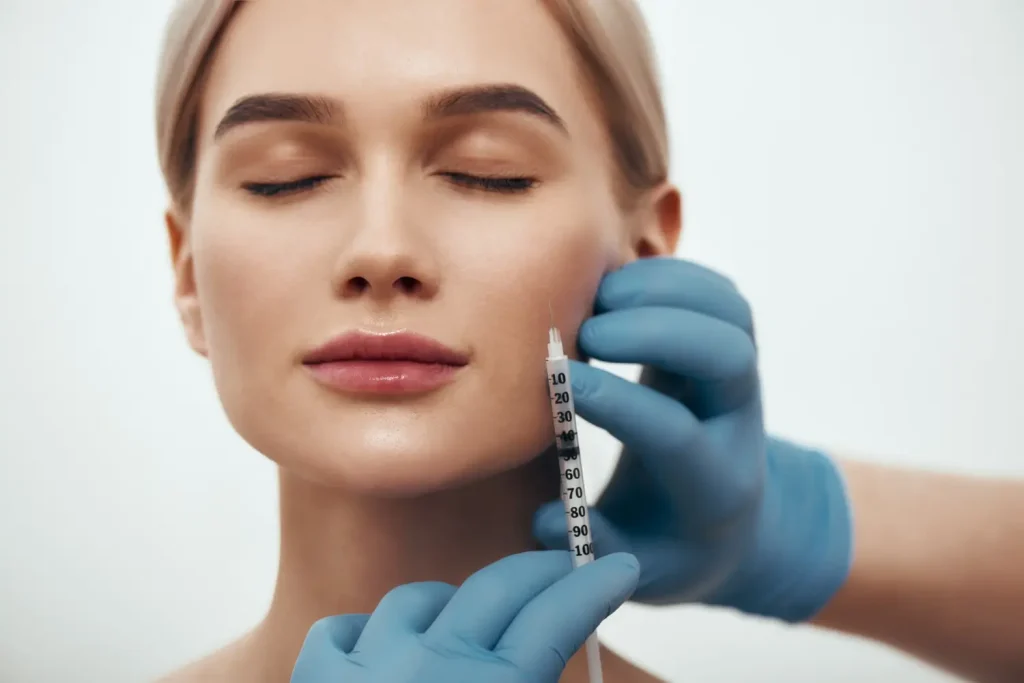The success of injectable treatments hinges on proper administration. As the World Health Organization (WHO) emphasizes, incorrect injection techniques can lead to complications like tissue damage, infections, and suboptimal results. Ensuring precise application is not just essential for safety but also key to maximizing the therapeutic benefits of treatments. Standardized protocols are pivotal in optimizing outcomes, particularly in aesthetic and medical procedures.
Plinest, a cutting-edge polynucleotide-based injectable, is no exception. Designed to rejuvenate the skin by stimulating fibroblast activity, it promotes collagen production and accelerates tissue repair. However, Plinest’s success depends on understanding its specific administration protocol. The technique varies based on the treatment area, whether superficial or deep, and careful placement is essential to unlock its full regenerative potential.
In this article, we will delve into the Plinest protocol, providing a comprehensive guide to its administration techniques and offering essential considerations for achieving the best possible results tailored to each patient’s skin needs.
Key Takeaways
- Plinest is a polynucleotide-based injectable designed to promote collagen production and enhance skin regeneration. It offers gradual and long-lasting skin improvements.
- The treatment protocol for Plinest typically involves 3 to 5 sessions, spaced 2 to 3 weeks apart, followed by maintenance sessions every 6 to 12 months based on the individual’s needs.
- Injection techniques include methods like micro-papular technique, linear threading, and serial puncture, with depth adjusted based on skin thickness and location to ensure optimal results.
- Plinest is effective for skin rejuvenation in the face, neck, hands, and décolletage, addressing concerns like fine lines, sun damage, and skin laxity.
- Post-treatment care is essential for maximizing results. This includes avoiding sun exposure, using gentle skincare, and hydrating. Temporary side effects like redness and swelling typically resolve within a few days.
- Plinest is ideal for individuals seeking natural skin improvement without the need for volumizing effects. With proper maintenance, results can last up to 12 months.
About: Medical Spa RX provides medical practices with premium products at the best prices. If you’re looking to buy Plinest for your practice, the sales representatives at Medical Spa RX can give you guidance.
Recommended Plinest Treatment Protocol
The Plinest treatment protocol is designed for gradual, long-term skin improvement. The initial treatment phase includes three sessions, spaced 2 to 3 weeks apart. This schedule allows Plinest’s polynucleotides to stimulate cellular regeneration, enhance skin hydration, and progressively restore skin tone.

After completing the initial phase, maintenance treatments are recommended every 6 to 12 months, depending on the patient’s skin condition, age, lifestyle, and aesthetic goals. For those with significant aging concerns or more demanding cosmetic goals, shorter intervals between sessions may be necessary to maintain optimal results. This treatment protocol maximizes the absorption of Plinest’s active ingredients and promotes long-term skin rejuvenation.
Administration Techniques for Plinest
Plinest is typically administered through intradermal injections, using micro-needling devices or mesotherapy techniques. The practitioner’s preference determines the choice of method, the patient’s comfort level, and the target treatment area. Both methods effectively ensure the precise delivery of polynucleotides into the dermis, stimulating fibroblast activity and supporting tissue repair. Standard injection techniques include:
- Micro-papular technique
- Linear threading
- Serial puncture
The injection depth typically ranges from 0.5 mm to 1.5 mm, depending on the skin’s thickness and location. Superficial techniques are ideal for delicate areas like the under-eye or perioral zone, while deeper injections are suitable for thicker regions like the cheeks. Proper technique is essential to maximize product effectiveness and minimize risks like bruising or post-injection irritation.
Area-Specific Considerations in Plinest Application
When comparing Plinest vs Profhilo, both treatments offer versatile skin rejuvenation benefits, but their application varies depending on the treatment area. Since each facial and body region has distinct needs, a customized approach is required to achieve the best results.
- Face: Improves skin texture, reduces fine lines, and enhances hydration, particularly around the eyes and cheeks.
- Neck: Restores elasticity, minimizing crepey skin and early signs of sagging.
- Hands: Revitalizes thinning skin, reducing visible veins and enhancing firmness.
- Acne-Prone Areas: Stimulates fibroblast activity, aiding in scar healing and pore refinement.
- Décolletage: Enhances collagen production, addressing sun damage and fine wrinkles.
A skilled practitioner will assess the skin condition to determine the best injection technique and concentration of Plinest for each area, ensuring optimal results.
Post-Treatment Care and Patient Management
Aftercare is critical in maximizing the results of Plinest and ensuring optimal healing. Patients should be advised to:

- Avoid sun exposure, saunas, and strenuous exercise for 24–48 hours post-treatment.
- Refrain from applying makeup or harsh skincare products during the initial healing period.
- Use a gentle cleanser and hydrating moisturizer to support skin recovery.
- Avoid alcohol and blood-thinning medications around treatment time to reduce bruising.
Minor redness, swelling, or pinpoint bruising may occur but typically resolves within a few days. Patients should be educated on what to expect post-treatment, including possible side effects like temporary numbness or tingling. Clear post-care instructions and follow-up support ensure patients’ comfort and satisfaction while preserving the treatment’s benefits.
Conclusion
The success of Plinest largely depends on adherence to the correct protocol and precise administration techniques. With three initial sessions followed by scheduled maintenance, Plinest can provide long-term skin improvement. A customized approach to treatment based on individual skin concerns ensures safety and the best possible outcome.
Additionally, proper post-treatment care and thorough patient education are key to maximizing recovery and preserving results. With Plinest, patients can experience significant improvements in skin quality, texture, and overall appearance, making it a leading choice for skin rejuvenation.
FAQs
1. What is Plinest and how does it work?
Plinest is a regenerative injectable containing polynucleotides that stimulate skin repair, hydration, and collagen production.
2. Is Plinest safe for all skin types?
Yes, Plinest is generally safe for all skin types and tones, with a low risk of allergic reactions or complications.
3. How soon can I see results from Plinest treatments?
Most patients begin to notice improved skin texture and hydration within 2–4 weeks after the first session.
4. Can Plinest be combined with other treatments?
Yes, it pairs well with procedures like microneedling, laser treatments, and fillers for enhanced rejuvenation effects.
5. Does the treatment hurt?
Patients may feel slight discomfort from the injections, but numbing cream is typically used to improve comfort.
6. Are there any side effects with Plinest?
Common side effects include mild swelling, redness, or bruising, usually lasting within a few days.
7. Who is a good candidate for Plinest?
Plinest is ideal for individuals experiencing early signs of aging, dullness, or dehydration in the skin.
References
WHO Best Practices for Injections and Related Procedures Toolkit. https://iris.who.int/bitstream/handle/10665/44298/9789241599252_eng.pdf
Goodman GJ, Liew S, Callan P, Hart S. Facial aesthetic injections in clinical practice: Pretreatment and posttreatment consensus recommendations to minimise adverse outcomes. Australas J Dermatol. 2020;61(3):217-225. doi:10.1111/ajd.13273

